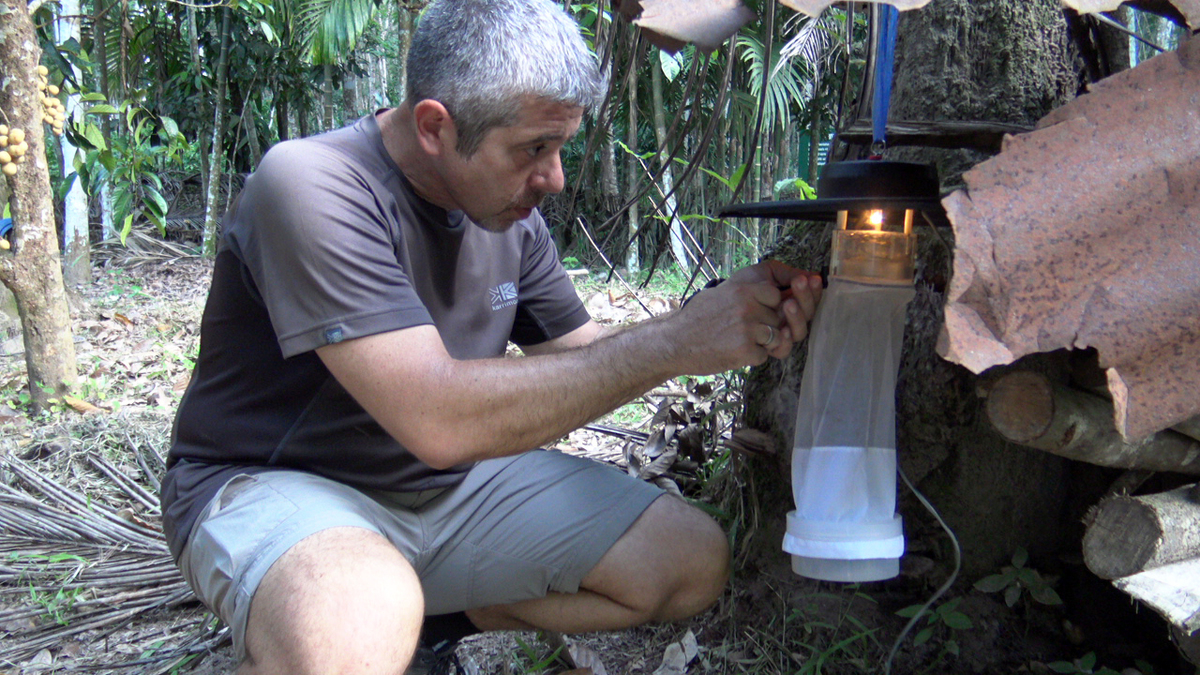Sunday, 6 March 2022 Researchers at UP FAMNIT gained another Horizon Europe project
UP Faculty of Mathematics, Natural Sciences and Computer Science has acquired the CLIMOS project (Climate Monitoring and Decision Support Framework for Sand Fly-borne Diseases Detection and Mitigation with Cost-benefit and Climate-Policy Measures), which will establish an early warning system for diseases they are transmitted by sand flies.
The project leader at the University of Primorska is Assist. Prof. Vladimir Ivović, head of the Department of Biodiversity at UP FAMNIT, working with Katja Kalan, PhD and assistant Sara Zupan.
The project, with a total value of almost 10 million euros, will last 36 months and consists of a consortium of 29 partners from 16 countries. The main goal of the project is to establish an early warning system for diseases transmitted by sand-flies (Diptera, Phlebotominae), including all endemic sand fly vectors and the main pathogens (Leishmania parasites and phleboviruses).
Sand-flies transmit diseases with their bite by ingesting the pathogens (parasites and phleboviruses) through the blood and then transferring them to a new host during their next feedings. Sand-flies breed in a milder climate zone and have spread to northern Europe in recent years due to global warming and climate change. They are found in Istria, but also in Austria, southern Germany, northern Italy and France.
There are no effective vaccines to control sand-fly infections, and there are no surveillance or control structures in Europe for sand-flies and the pathogens they transmit.
CLIMOS takes on the challenge to redress this situation through the comprehensive assessment of the Sand Fly Borne Diseases (SFBDs) in Europe. Together, European and international expertise will combine systematic vector surveillance, field experiments and pathogen identification with regional microclimate and global scale climate and environment modelling capabilities, and observation systems (such as Copernicus) to address the five well-defined, measurable, verifiable, and realistic specific objectives.
The results of the CLIMOS project will provide an early warning system and supporting structures for more accurate climate modelling, health, and infection risk projections. The ultimate goal of the project is to produce forecasts that will help policy makers provide interactive maps for risk management and conduct cost-benefit assessments.
We sincerely congratulate our researchers on this success!





